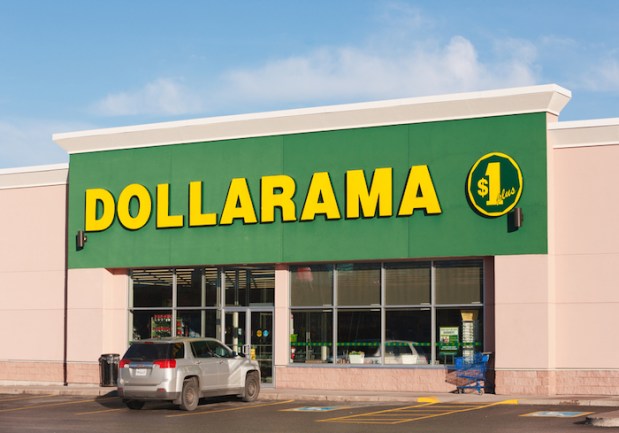Should Retail Worry About Millennials’ Love For Dollar Stores?

Retailers often treat millennials with a mix of attraction and disdain that mirrors the “can’t live with them, can’t live without them” way of life. Whatever their opinions, any merchant worth its salt is already targeting millennial consumers to shore up their consumer base of the future.
How ironic, then, that more and more well-to-do millennials are taking their dollars away from Main Street and department store retailers in favor of a low-rent competitor: dollar stores.
Reuters has the story of the sudden shift in fortunes of both Dollar Tree and Dollar General, the two brands benefiting most from the generational shift in consumer preferences. Whereas a bigger paycheck may have brought a baby boomer family out to the Macy’s or other household name retailer, there has been a marked change in the demographics of dollar retail shoppers.
According to Nielsen research quoted by Reuters, the number of under-35 shoppers making more than $100,000 per year who visit dollar stores has increased 7.1 percent between 2012 and 2015. For comparison’s sake, that metric has edged up just 3.6 percent at the average retail store, and a two-to-one gain for dollar stores should be enough to pique the interest of even the most ardently anti-dollar-retail advocates.
But the fact that more wealthy millennials are turning to dollar stores for essential items is only half the story. Why aren’t their parents and older relatives following suit? Herein lies the real danger for full-priced retail and name-brand manufacturers: More and more millennials just don’t care about recognizing where their cheap, household purchases come from.
“I get a lot of toiletries [at Dollar Tree], and those aren’t always name brands,” a 33-year-old copywriter making six figures told Reuters. “For instance, the cotton swabs aren’t Q-Tips, but they work just as well and are less than half the price.”
This degradation of brand value is nothing short of an existential threat – not only to the brands that have relied on a kind of unspoken, marketing-influenced agreement with consumers that their products have always been the best, but also to the merchants who have stocked their shelves and built their reputations off of those same safe brands. Many millennials might turn to dollar stores out of economic necessity, but when the wealthiest of the generation do, too, it’s safe to say that something major has changed in the consumer-brand relationship.
More troubling for traditional retail, though, might be the physical makeup of dollar stores and how that gives them a baked-in advantage in this emergent space of low-cost, no-frills retail. Chris Peterson, president of Integrated Marketing Solutions, told RetailWire that it’s not just what dollar stores are offering to millennials but where and when they do that’s made popping into one and throwing down a few bucks such an enticing proposition.
“The dollar stores are typically a small-format store that can be placed in local neighborhoods,” Petersen said. “They are much closer to the customers than the big box stores in the burbs. In many cases dollar stores have become the new convenience stores located at convenient drive-by locations for commuters of all income levels. If the dollar stores can create a logical stop for key items and then improve the basket with better range of assortments, the potential for consumer growth is not limited by income or demographic.”
Every merchant says its committed to providing as convenient an experience for shoppers as possible, but at a certain point, there’s always going to be a sense of inconvenience when consumers perceive prices to be beyond what they’d ideally like to pay. At dollar stores, that’s not an issue, and when that factor is combined with the advantageous position they’ve carved out in the brick-and-mortar world, it all just might be enough to send traditional full-priced retail out to the dollar store for some tissues and aspirin.
